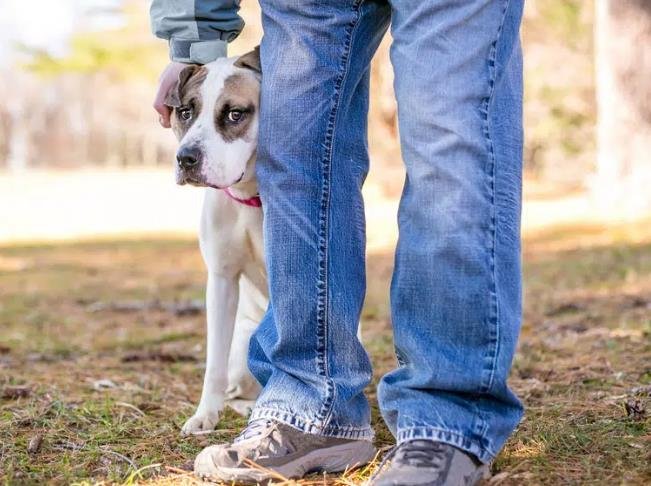Creating a feeding schedule that works for your dog’s size isn’t just about portion sizes—it’s about matching their biology, energy, and quirks. Let’s ditch the robotic advice and talk real-world strategies to keep your pup happy and healthy.
For Tiny Dogs (Chihuahuas, Yorkies, etc.)
Small breeds burn energy like a hummingbird. Skipping meals can lead to shaky, low-blood-sugar episodes (especially in puppies). Here’s the fix:
- Feed 3x daily—breakfast, lunch, dinner. Think of it as mini-snacks vs. full meals.
- Use a kibble made for small jaws (tiny pieces prevent choking) and go heavy on protein to fuel their zoomies.
- Watch the treats! A single bite of cheese for a Chihuahua is like eating a whole burger for us. Stick to healthy nibbles like blueberries or freeze-dried liver bits.
Mid-Sized Mutts (Beagles, Cocker Spaniels, etc.)
These dogs are the Goldilocks of the dog world—not too big, not too small, but prone to sneaking food off counters. Structure is key:
- Stick to two meals a day, same time every day. If your dog acts like a furry vacuum, try a slow-feeder bowl to slow them down.
- Adjust portions based on laziness levels. A couch-potato Bulldog might need 1 cup per meal, while a hiking buddy Australian Shepherd could handle 1.5 cups.
- Beware the “hungry eyes” trick. They’ll guilt you into extra snacks, but obesity leads to joint issues. Redirect begging with a chew toy or quick play session.

Big Dogs & Gentle Giants (Labs, Great Danes, etc.)
Large breeds are at risk for bloat (a deadly stomach twist), so mealtime safety is critical:
- Split food into 2–3 meals. Never let them gulp a day’s worth in one sitting.
- Use elevated bowls to ease digestion and wait an hour after meals before walks or play.
- Choose “large breed” formulas with added glucosamine—their joints take a beating from sheer size. A Mastiff might eat 5 cups daily, but spread across meals to avoid stomach stress.
Pro Tips for Every Dog
- The Rib Check: Run your hands over their ribs monthly. You should feel them like the back of your hand—not bony, not buried under fluff.
- Hydration Hacks: Add water to kibble for slow eaters, or toss ice cubes as a summer treat (big dogs love crunching them).
- Food ≠ Love: If your dog’s gaining weight, don’t cut portions abruptly. Swap 10% of their kibble for steamed green beans to keep them full.
- Seasonal Adjustments: Active in summer? Add a splash of low-sodium broth to their meals. Winter couch potato? Trim portions by 5%.

When to Break the Rules
- Senior Dogs: Older pups might need softer food or smaller, frequent meals if their appetite fades.
- Picky Eaters: Try warming food for 10 seconds in the microwave—the smell entices finicky eaters.
- Medical Issues: Diabetic dogs need strict schedules; dogs with kidney disease often require low-phosphorus diets. Always loop in your vet for these cases.
At the end of the day, your dog’s habits will tell you what works. Does their coat look dull? Are they sluggish after meals? Tweak the plan and keep notes. And remember—no two dogs are the same, even in the same breed. Stay flexible, stay observant, and when in doubt, a quick vet call beats Dr. Google every time.








